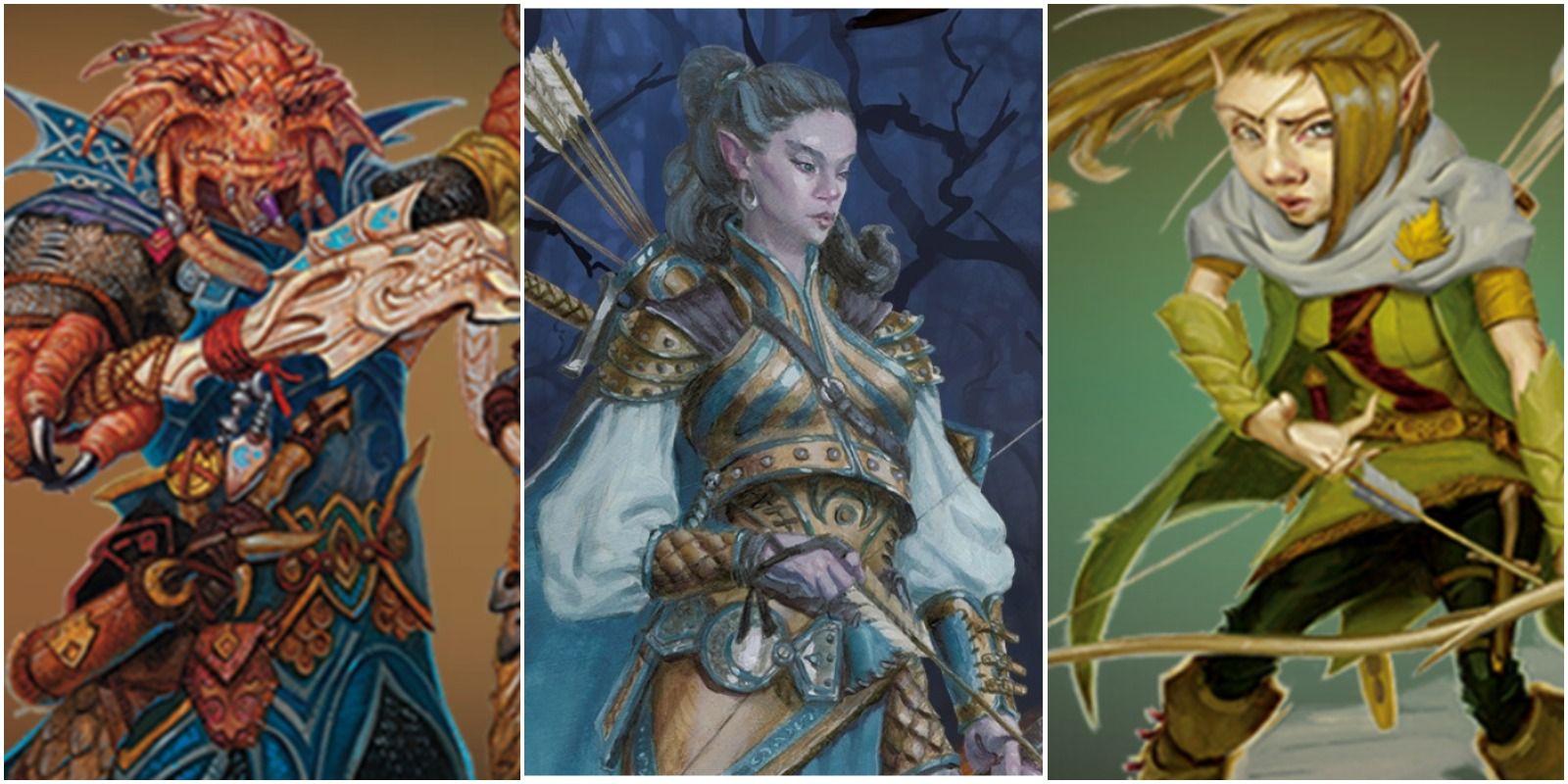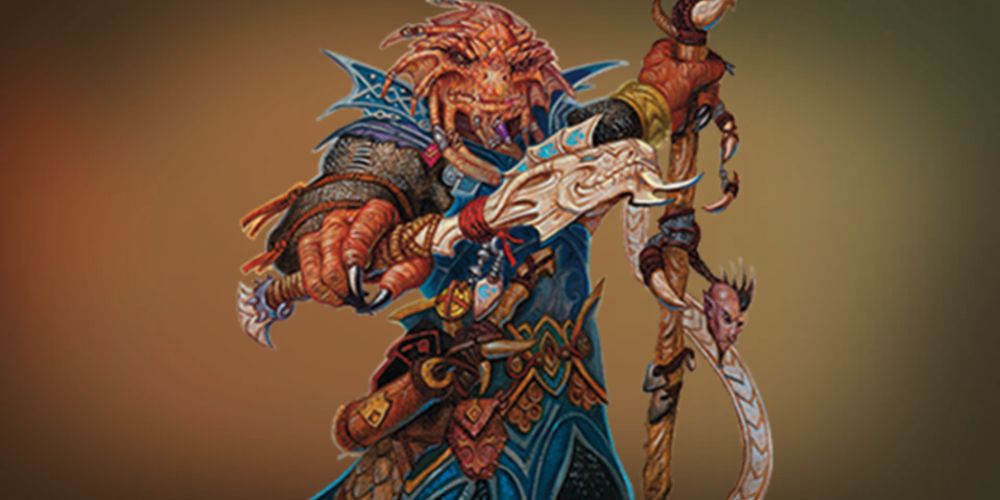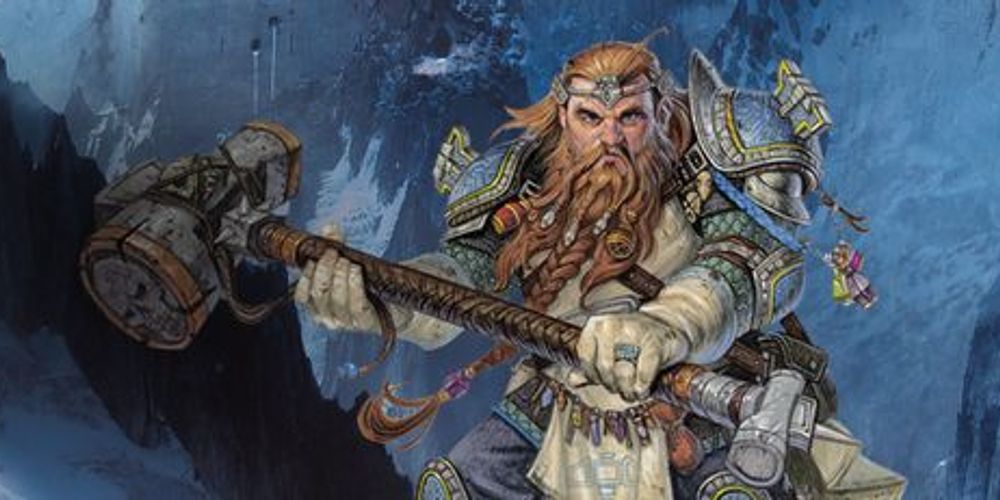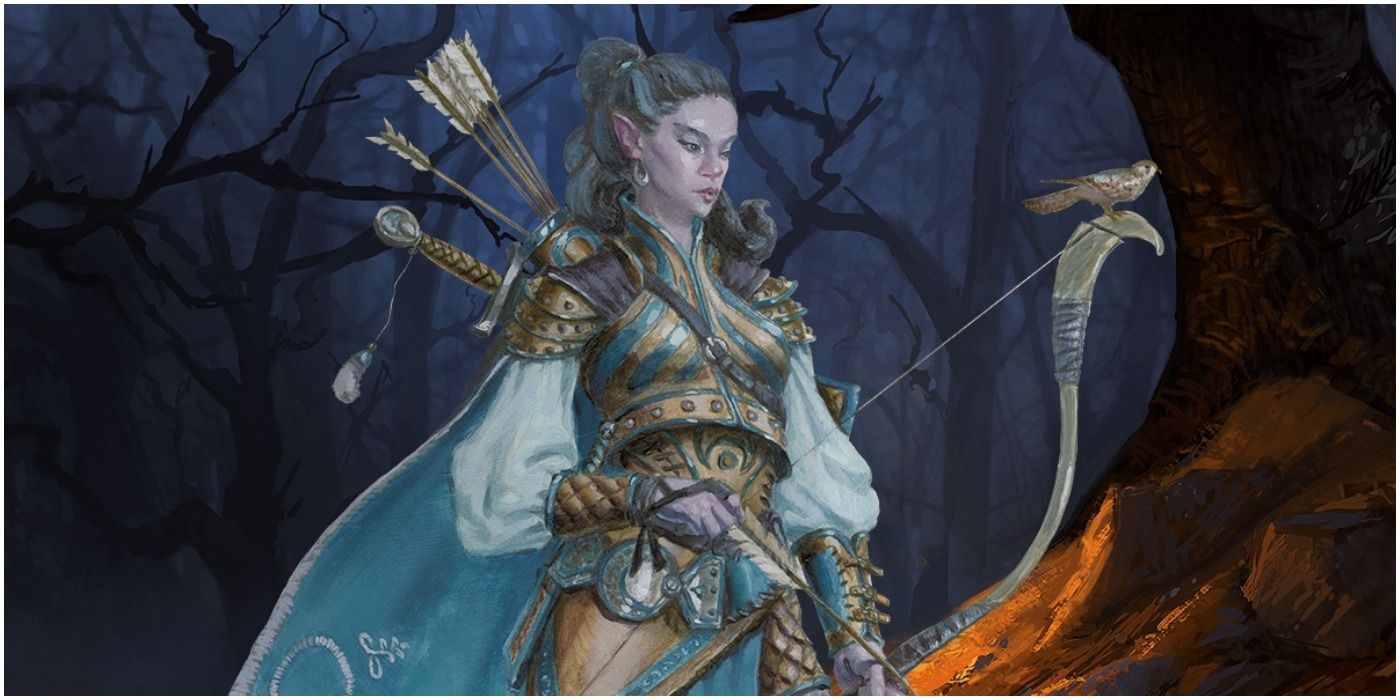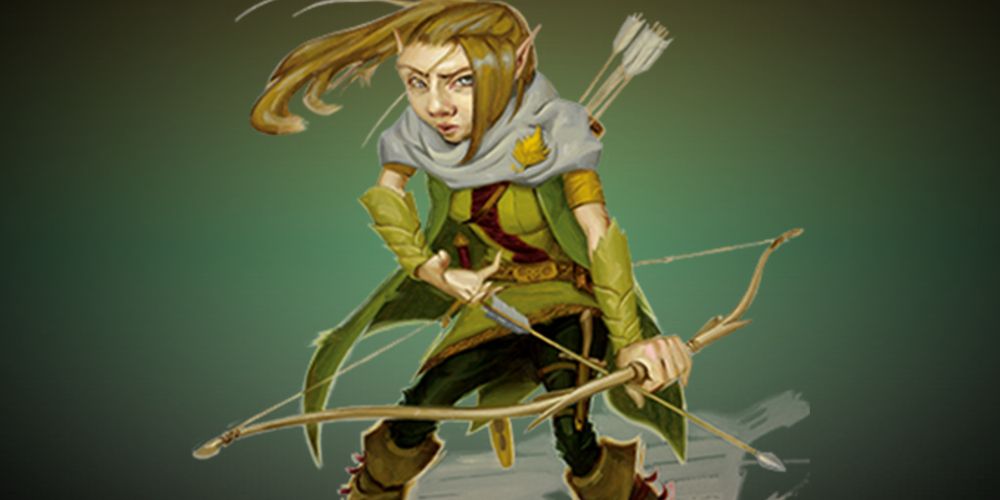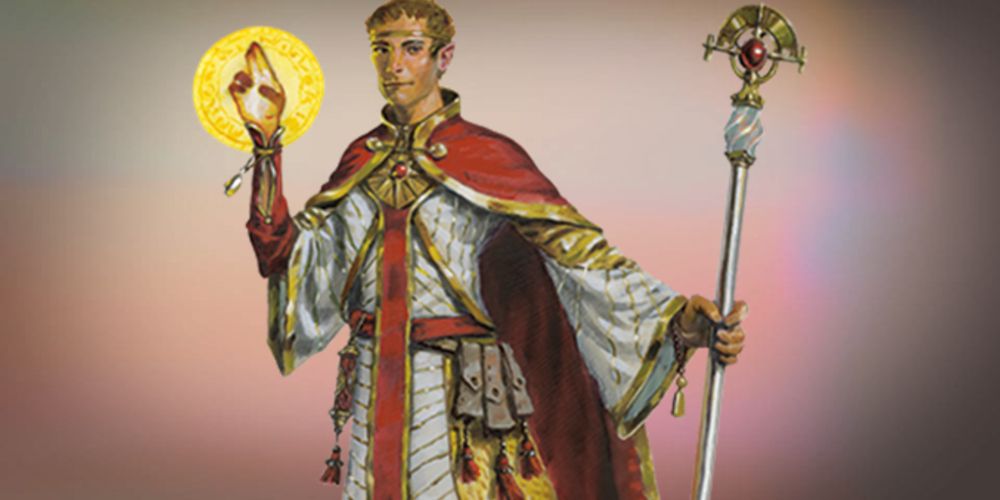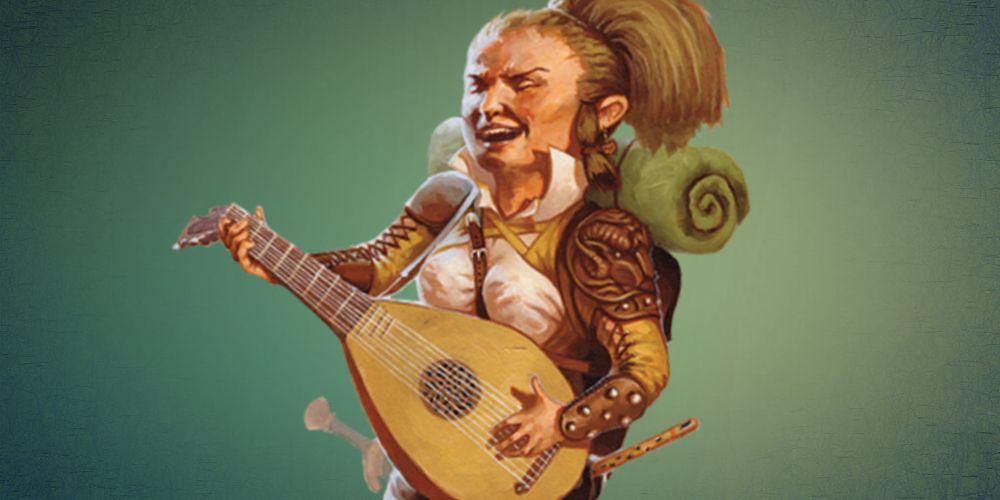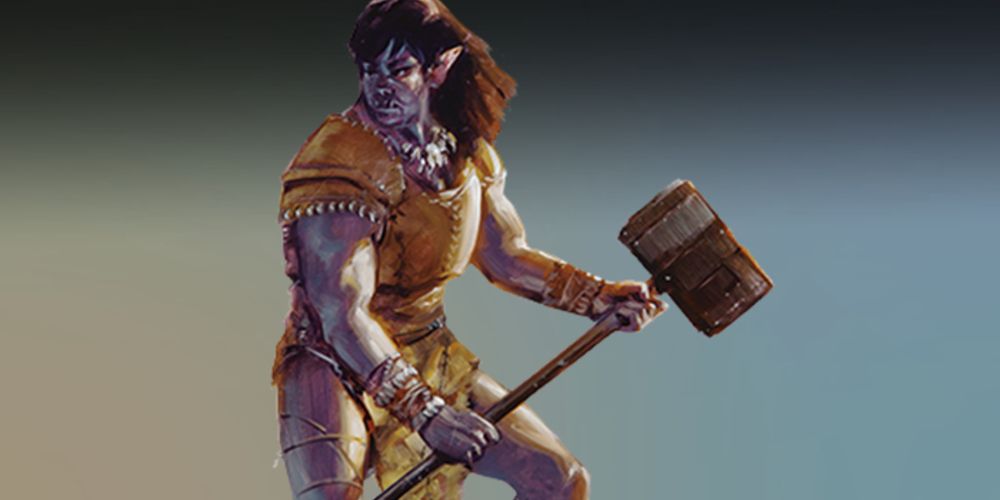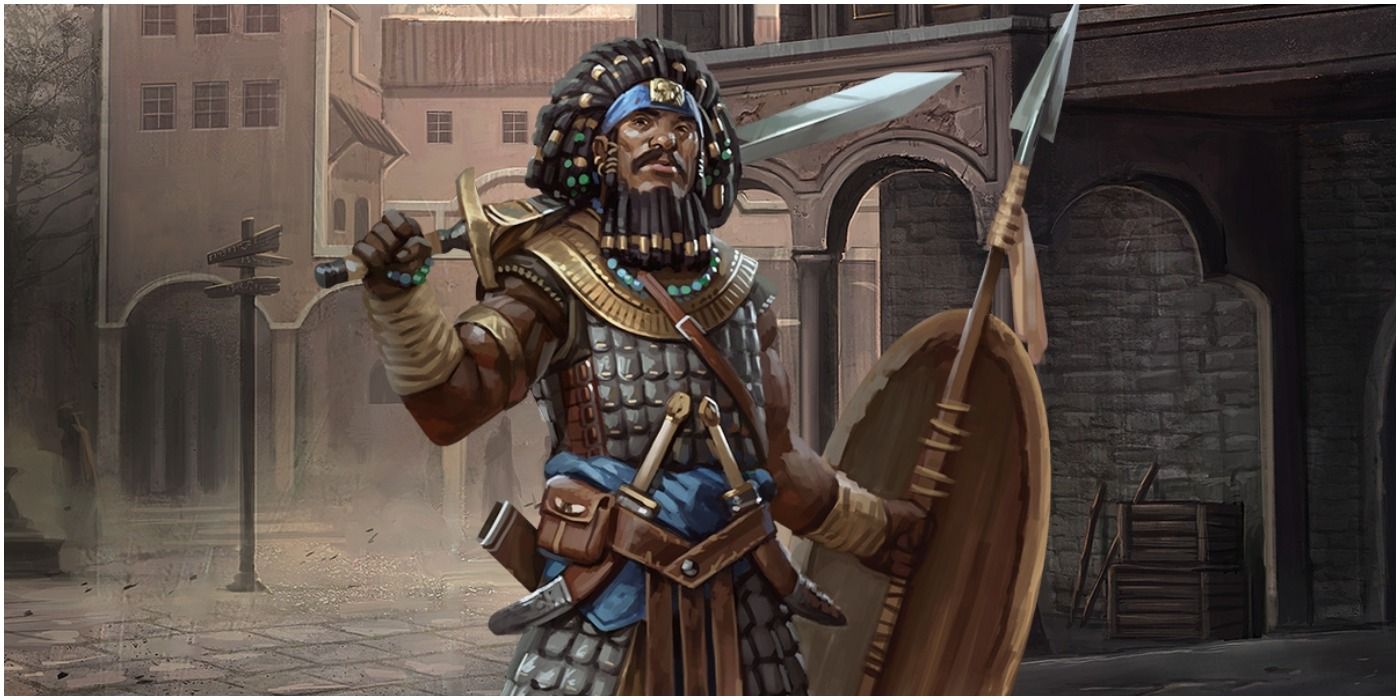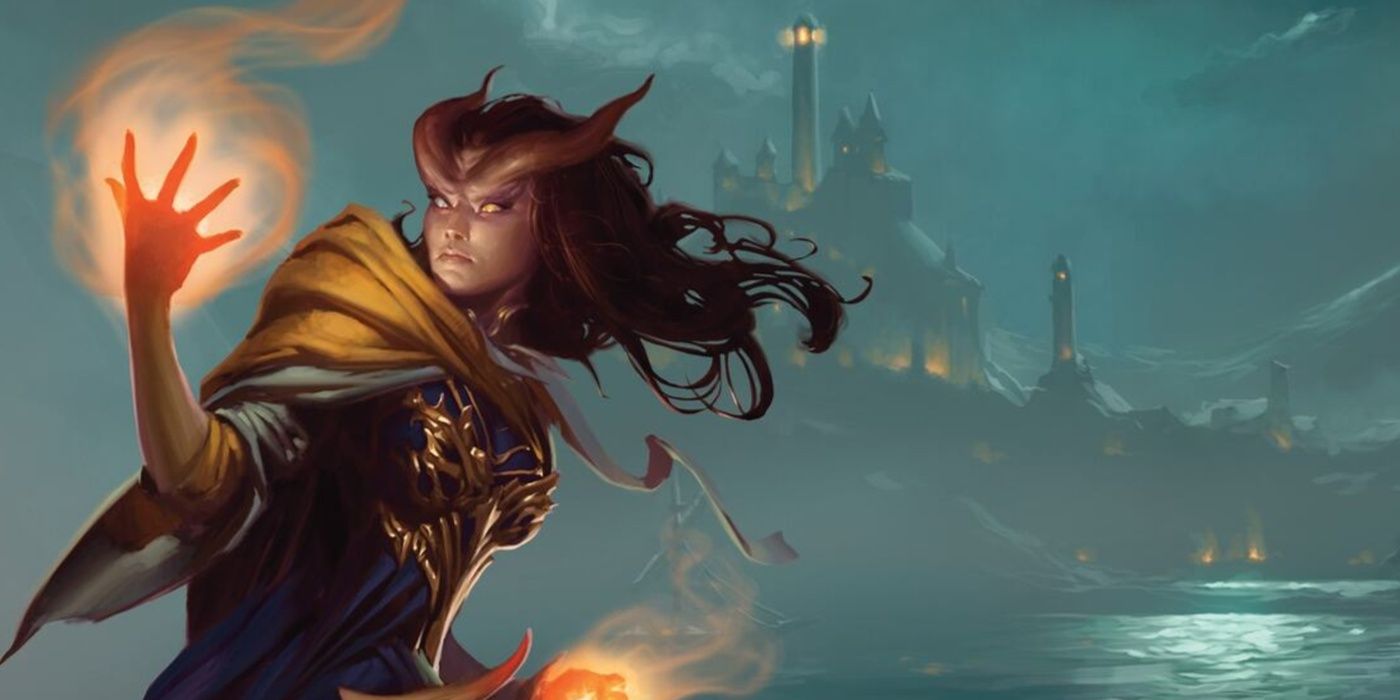The world of Dungeons & Dragons provides players with plenty of ways to customize their characters. From class to background to the player's own imagination, there are plenty of opportunities to create someone unique. One of the most important building blocks in this process is choosing a character's race.
As with classes, every playable race has its upsides and downsides, and even the "disadvantages" may be a plus for some players. It's up to the individual to decide what's most important to the build they want to use. Since additional books add too many races to count, only the ones in the Fifth Edition Player's Handbook will be covered here.
9 Dragonborn
Best Aspect
Just as one might expect from a dragon, Dragonborn characters can use their breath for destruction. Some breath fire in the traditional manner, but others may spit acid, exhale toxic clouds, or shoot a burst of freezing air. Especially at early levels, this attack can be a lifesaver.
Worst Aspect
Dragonborn are bound to their clan, and thus any Dragonborn character's clan will play a huge part in their backstory and potentially their arc in a campaign. Even for those who have been exiled, clan is a vital part of their history. For players who prefer free-spirited, untethered adventurers, a Dragonborn may not be for them.
8 Dwarf
Best Aspect
Due to their culture and upbringing, dwarves gain proficiency with a variety of weapons and their choice of tool type (smith's tools, brewer's supplies, or mason's tools). Adding that proficiency bonus to battleaxe, handaxe, light hammer, and warhammer attack rolls allows these characters to do massive damage.
Worst Aspect
These proficiencies aren't worth much when it comes to magical classes. While dwarves make fantastic barbarians and paladins, it's harder to build a powerful wizard or sorcerer. For players who prefer these classes, these strong, hardy folk might not be the best choice.
7 Elf
Best Aspect
The magic that runs in their blood gives elves certain advantages. They have resistance against being Charmed, and spells cannot put them to sleep. What's more, elves don't need to sleep for eight hours as humans do; rather, meditating for four hours gives them all the benefits of a long rest.
Worst Aspect
Long-lived, ancient elves can often be secretive and haughty. Those who go adventuring may not know much about the outside world, or may find aspects of it beneath them. Some players may enjoy this roleplaying aspect, but for others, the snottiness common among elven characters can grow annoying.
6 Gnome
Best Aspect
Cunning and clever, gnomes are among the smartest creatures in the world of D&D. Not only do they get +2 to Intelligence, they also gain advantage on saving throws against magic that rely on Wisdom, Charisma, or Intelligence, giving them a leg up when fighting magical foes.
Worst Aspect
Since gnomes are both physically small and geared towards magical classes, they're often quite fragile. Many gnome characters may rely on their larger party members to lift them over obstacles, piggy-back them up cliffs, or shield them from enemy blows — which can decimate them easily.
5 Half-Elf
Best Aspect
These characters get the best of both worlds. Like humans, half-elves are versatile and adaptable, gaining extra skill boosts and proficiencies than any other race. In addition, they also take a few traits from their elven parents, such as Darkvision and resistance to certain types of magic.
Worst Aspect
In several ways, half-elves are a watered-down version of full elves. They don't get access to some of the best elven features, such as proficiency in Perception. Furthermore, half-elves don't benefit from the racial traits or abilities of any elven sub-races.
4 Halfling
Best Aspect
A halfling's natural luck proves advantageous in any situation. With this class feature, players can reroll anytime their d20 lands on 1 for attack rolls, ability checks, or saving throws. Essentially, this makes it nigh impossible for halflings to critically fail, often saving themselves or the party from dire occurrences.
Worst Aspect
Most halflings are cheerful, pleasant, kind, generous people — which for some players, can feel limiting when it comes to roleplay. Members of this race are typically Lawful Good, which some consider a boring alignment. It's hard to play as a shady halfling, or one who charges headfirst into battle.
3 Half-Orc
Best Aspect
Half-orcs have an easy time killing enemies, and a hard time getting killed themselves. Once per long rest, they can drop to 1 hit point instead of falling unconscious from an enemy's blow. Their critical hits do ridiculously high damage. Coupled with a +2 to Strength and +1 to Constitution, half-orcs are beasts in battle.
Worst Aspect
As these features are all geared towards physical combat, half-orcs can sometimes become pigeonholed as fighters or barbarians. This makes it hard for half-orc characters to break the all-brawn-no-brains stereotype. It's certainly possible to play a half-orc wizard or druid, but it'll take some creative thinking.
2 Human
Best Aspect
Humans are the most well-rounded and versatile of the D&D races. They gain +1 to all ability scores, and can choose any second language that they please. This blank slate makes them well-suited to any class, and perfect for beginner players.
Worst Aspect
In a world full of magical, mystical creatures and humanoids, humans can feel a little bland. There's not much that makes them stand out or sets them apart among the elves, dwarves, demon-children, and humanoid dragons of this world. In the end, they just aren't very unique.
1 Tiefling
Best Aspect
A tiefling's infernal heritage grants them innate knowledge of certain spells. Any tiefling starts out with the Thaumaturgy cantrip, allowing them to create distractions or tricks to startle foes. At second and fifth level respectively, they can cast Hellish Rebuke and Darkness once per long rest.
Worst Aspect
Throughout the world of D&D, tieflings are mistrusted and feared. As with other drawbacks, this can be an interesting roleplay aspect for some characters; however, it can grow frustrating when tiefling party members are denied access to cities, turned away from shops, or greeted with violence by some NPCs.

